TRAVEL: Eight of the best destinations for an autumn break in Italy
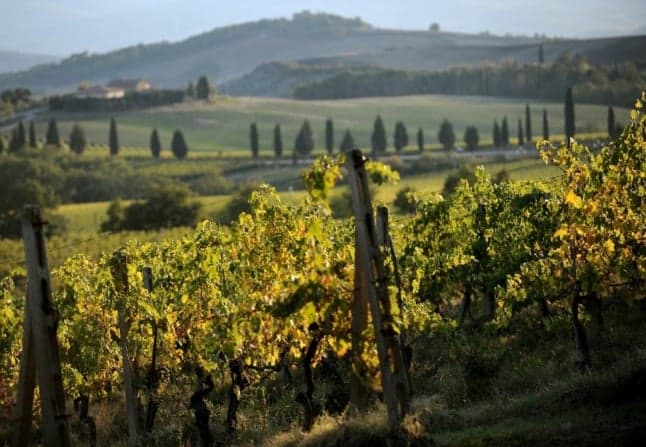
Autumn in Italy means good food, great wine, and gorgeous colours. But where are the best spots to visit during the cooler months? Here are eight of our suggestions for an autumn getaway.
Langhe, Piedmont
About an hour from Turin, this corner of Italy is great for wine, cheese, and truffles, the staples of an Italian autumn menu. Look out for the famous Barbaresco and Barolo wines -- the later of which is known by experts as 'the king of wines' -- as well as the sparkling moscato variety.
There are plenty of wineries in the area where you can learn about production and try some for yourself, and in between vineyards you can take in the hilly landscape, which is great for hiking and taking in the views.
The other famous regional specialty is white truffles, particularly in Alba which hosts one of the world's bets known truffle fairs. Italy's Slow Food movement also has its roots nearby, so expect plenty of traditional, fresh food.
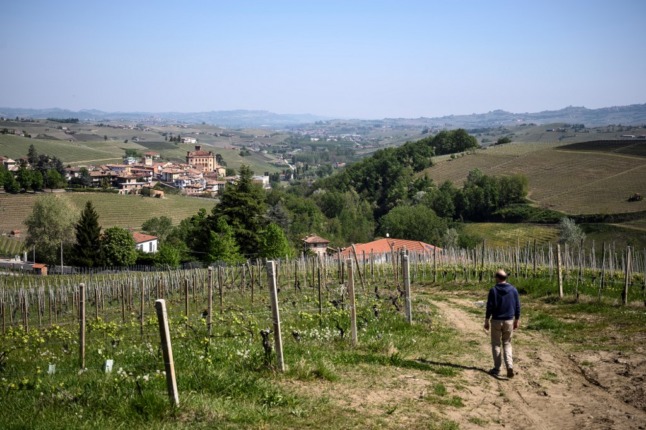
Barolo vineyards in Piedmont's Langhe area. Photo: Marco BERTORELLO/AFP
Barbagia, Sardinia
Outside tourist season in Sardinia, you can discover the island's beaches without the crowds, but that doesn't mean life on the island is any less lively.
Head inland between September and December for the Autunno a Barbagia celebration, a set of festivals across almost 30 towns in the region. This involves local craftsmen and artisans opening up their workshops to the public, sharing the secrets of their centuries-old crafts, while in the evening the streets come alive with theatrical performances and concerts to celebrate Sardinian culture.
Look out for the traditional stone houses and remarkable sights such as the so-called 'giants' graves' and the Gorge of Gorroppu.

Photo: Massimo Frasson/Flickr
Padua, Veneto
Padua is a charming university town with churches, Roman ruins, and an impressive botanic garden - the first in the world and a Unesco World Heritage site.
During the summer, the city full of tourists who use it as a base for excursions nearby Venice, but visiting after the university term starts in September means a more authentic experience as the students congregate each evening in the elliptical central piazza and for aperitivo in the city's bars.
READ ALSO: Eight seasonal Italian foods you have to eat in autumn
There are plenty of indoor attractions too, from the Giotto frescoes in the Scrovegni Chapel and cathedral to more quirky sights: fancy catching a glimpse of the world's oldest anatomical theatre or the preserved tongue of Saint Anthony? Padua is home to both.
Milan, Lombardy
Writer Alessandro Manzoni in his novel 'The Betrothed' celebrated the Milan sky as "so beautiful, so blue, so serene", and if you're lucky you should enjoy several clear days on an autumn trip to the northern city. On a longer stay, you can fit in day trips to the scenic Italian lakes, and the Parco Sempione in Milan's historic centre is simply beautiful in the autumn.
On any foggy or rainy days, head inside one of the city's many, many art museums or churches - many of those in the city centre are free. And the Galleria Vittorio Emanuele, Italy's most famous shopping mall, is great for window shopping or people-watching in style; there's even a Gucci cafe.
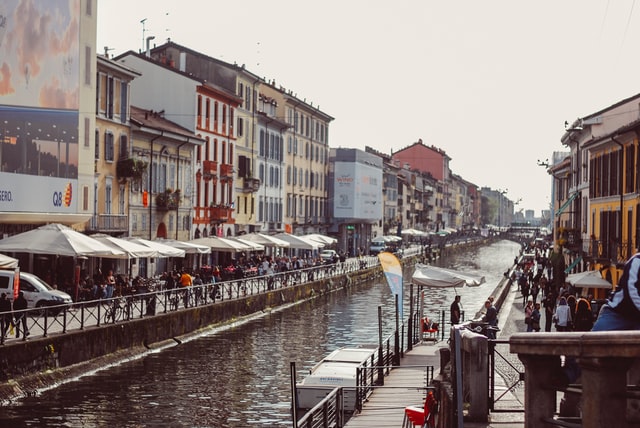
Photo: Raoul Croes on Unsplash
Val d'Orcia, Tuscany
The famous rolling hills of Tuscany truly come into their own during harvest season between September and October, and visitors will see why the colourful Val d'Orcia has inspired generations of painters and poets - not to mention the directors of Gladiator.
One of the best spots to visit is Bagno Vignoni, a town known for its therapeutic hot springs, with a pool instead of a central square. It's totally free to enter the springs, which have been frequented since ancient times.
TRAVEL: Siena and a steam train ride through Tuscan wine country
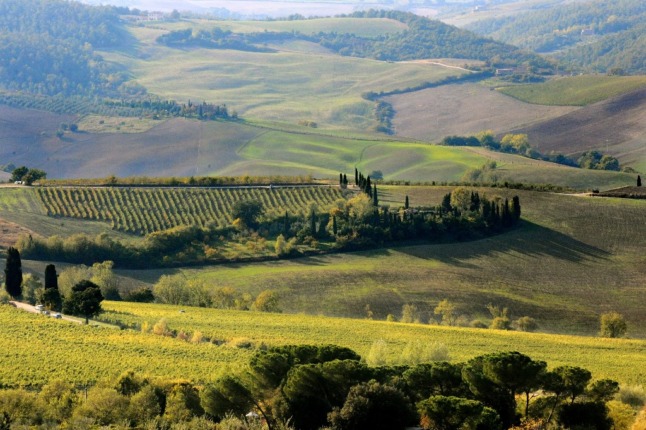
A view of vineyards in the Val D'Orcia region of Tuscany, near the village of Pienza. Photo: FILIPPO MONTEFORTE/AFP
Lecce, Puglia
The warm stone of the baroque architecture in Lecce, known as 'the Florence of the south', is at its best in the autumn light. Summers are hot in the heel of Italy's boot, so when temperatures start to dip it's easier to explore everything the city has to offer.
Take in the Roman remains in the city centre before heading to the more modern shops and wine bars, or relaxing in the city park, and rounding off the day with local cuisine in one of the many excellent eateries.
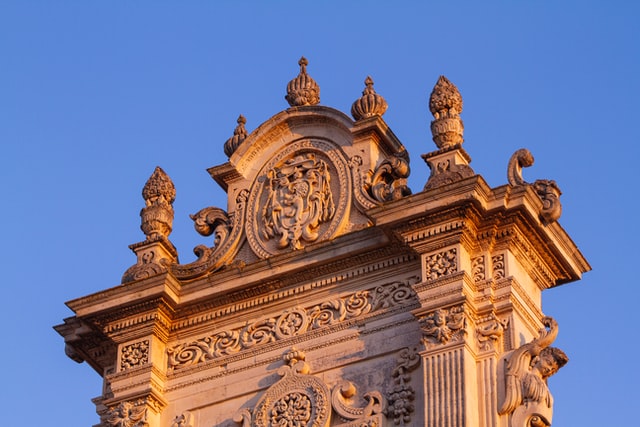
Lecce's Baroque cathedral. Photo: Davide Perrone/Unsplash
Matera, Basilicata
Matera is another place that comes into its own in the autumn light, and it's also the season that brings with it plenty of cultural events, with food festivals, theatrical performances, and musical shows across the area.
READ ALSO: Matera, Italy's city of caves, contrasts, and culture
Explore the 'sassi' or cave-dwellings, some of which have been preserved more or less as they were in ancient times, and others of which have been converted into comfortable hotels or museums. Beyond the sassi, there's plenty to explore, including the winding streets, churches, and markets of the historic centre, and untouched landscapes slightly further afield.
Make sure to participate in the daily 'passeggiata' or evening walk: every day at around 7pm, you'll see dozens of locals head outside to wander around the city before settling down to eat.
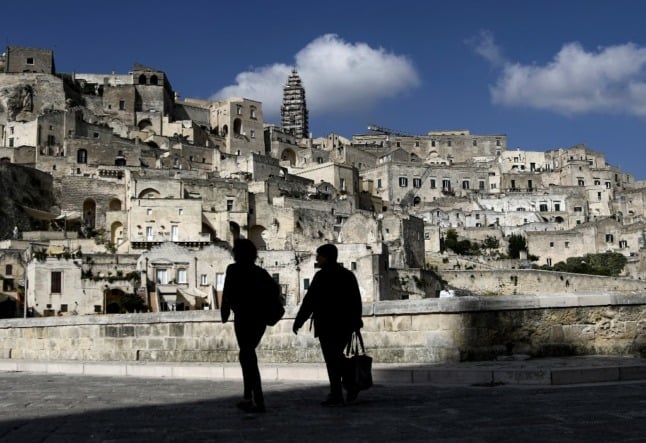
Matera's 'sassi'. Photo: Filippo MONTEFORTE/AFP
Norcia, Umbria
Sadly, Norcia might be best known to most foreigners for the devastating earthquake that hit it in 2016, but large parts of the area remain open to visitors. This is a region which relies on tourism, and autumn is an ideal time to visit so you can experience the local truffle culture, which has been put forward for Unesco status, as well as over foodie delights Norcia is famed for, including its ham, cheese, and saffron.
There's also a lot on offer for outdoorsy types, with opportunities for hiking, cycling, and rafting in the Umbrian countryside. By autumn, average daytime temperatures are in the early 20Cs, making it pleasant to spend the whole day outside.
Comments
See Also
Langhe, Piedmont
About an hour from Turin, this corner of Italy is great for wine, cheese, and truffles, the staples of an Italian autumn menu. Look out for the famous Barbaresco and Barolo wines -- the later of which is known by experts as 'the king of wines' -- as well as the sparkling moscato variety.
There are plenty of wineries in the area where you can learn about production and try some for yourself, and in between vineyards you can take in the hilly landscape, which is great for hiking and taking in the views.
The other famous regional specialty is white truffles, particularly in Alba which hosts one of the world's bets known truffle fairs. Italy's Slow Food movement also has its roots nearby, so expect plenty of traditional, fresh food.

Barbagia, Sardinia
Outside tourist season in Sardinia, you can discover the island's beaches without the crowds, but that doesn't mean life on the island is any less lively.
Head inland between September and December for the Autunno a Barbagia celebration, a set of festivals across almost 30 towns in the region. This involves local craftsmen and artisans opening up their workshops to the public, sharing the secrets of their centuries-old crafts, while in the evening the streets come alive with theatrical performances and concerts to celebrate Sardinian culture.
Look out for the traditional stone houses and remarkable sights such as the so-called 'giants' graves' and the Gorge of Gorroppu.

Photo: Massimo Frasson/Flickr
Padua, Veneto
Padua is a charming university town with churches, Roman ruins, and an impressive botanic garden - the first in the world and a Unesco World Heritage site.
During the summer, the city full of tourists who use it as a base for excursions nearby Venice, but visiting after the university term starts in September means a more authentic experience as the students congregate each evening in the elliptical central piazza and for aperitivo in the city's bars.
READ ALSO: Eight seasonal Italian foods you have to eat in autumn
There are plenty of indoor attractions too, from the Giotto frescoes in the Scrovegni Chapel and cathedral to more quirky sights: fancy catching a glimpse of the world's oldest anatomical theatre or the preserved tongue of Saint Anthony? Padua is home to both.
Milan, Lombardy
Writer Alessandro Manzoni in his novel 'The Betrothed' celebrated the Milan sky as "so beautiful, so blue, so serene", and if you're lucky you should enjoy several clear days on an autumn trip to the northern city. On a longer stay, you can fit in day trips to the scenic Italian lakes, and the Parco Sempione in Milan's historic centre is simply beautiful in the autumn.
On any foggy or rainy days, head inside one of the city's many, many art museums or churches - many of those in the city centre are free. And the Galleria Vittorio Emanuele, Italy's most famous shopping mall, is great for window shopping or people-watching in style; there's even a Gucci cafe.

Photo: Raoul Croes on Unsplash
Val d'Orcia, Tuscany
The famous rolling hills of Tuscany truly come into their own during harvest season between September and October, and visitors will see why the colourful Val d'Orcia has inspired generations of painters and poets - not to mention the directors of Gladiator.
One of the best spots to visit is Bagno Vignoni, a town known for its therapeutic hot springs, with a pool instead of a central square. It's totally free to enter the springs, which have been frequented since ancient times.
TRAVEL: Siena and a steam train ride through Tuscan wine country

Lecce, Puglia
The warm stone of the baroque architecture in Lecce, known as 'the Florence of the south', is at its best in the autumn light. Summers are hot in the heel of Italy's boot, so when temperatures start to dip it's easier to explore everything the city has to offer.
Take in the Roman remains in the city centre before heading to the more modern shops and wine bars, or relaxing in the city park, and rounding off the day with local cuisine in one of the many excellent eateries.

Lecce's Baroque cathedral. Photo: Davide Perrone/Unsplash
Matera, Basilicata
Matera is another place that comes into its own in the autumn light, and it's also the season that brings with it plenty of cultural events, with food festivals, theatrical performances, and musical shows across the area.
READ ALSO: Matera, Italy's city of caves, contrasts, and culture
Explore the 'sassi' or cave-dwellings, some of which have been preserved more or less as they were in ancient times, and others of which have been converted into comfortable hotels or museums. Beyond the sassi, there's plenty to explore, including the winding streets, churches, and markets of the historic centre, and untouched landscapes slightly further afield.
Make sure to participate in the daily 'passeggiata' or evening walk: every day at around 7pm, you'll see dozens of locals head outside to wander around the city before settling down to eat.

Norcia, Umbria
Sadly, Norcia might be best known to most foreigners for the devastating earthquake that hit it in 2016, but large parts of the area remain open to visitors. This is a region which relies on tourism, and autumn is an ideal time to visit so you can experience the local truffle culture, which has been put forward for Unesco status, as well as over foodie delights Norcia is famed for, including its ham, cheese, and saffron.
There's also a lot on offer for outdoorsy types, with opportunities for hiking, cycling, and rafting in the Umbrian countryside. By autumn, average daytime temperatures are in the early 20Cs, making it pleasant to spend the whole day outside.
Join the conversation in our comments section below. Share your own views and experience and if you have a question or suggestion for our journalists then email us at [email protected].
Please keep comments civil, constructive and on topic – and make sure to read our terms of use before getting involved.
Please log in here to leave a comment.